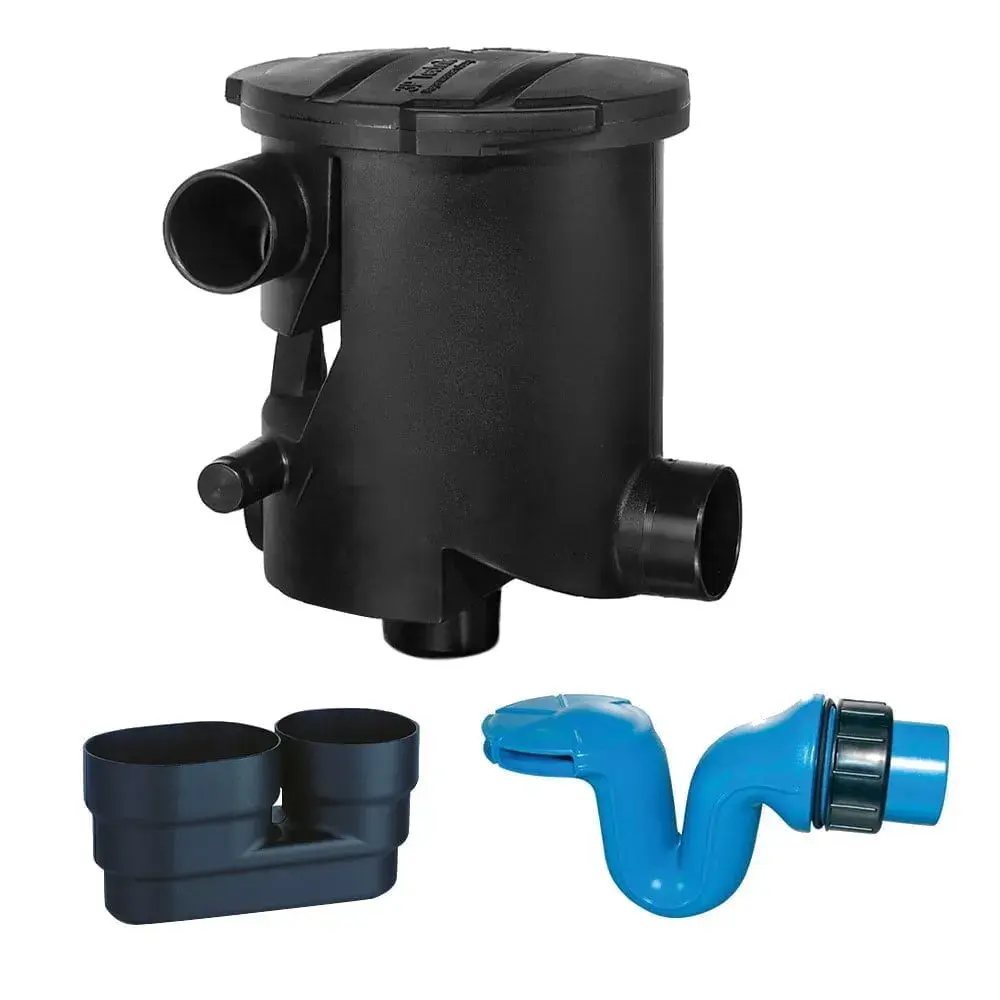Enduramaxx manufactures effluent sludge storage tanks for the treatment of sludge in wastewater application. Sludge is a thick, soft mud and typically the by-product of wastewater treatment, industrial wastewater solids and settled suspension from potable water treatment often containing various types of pathogens. Typical applications for sludge settlement tanks on small sewage treatment plants, the concentration of food and agricultural waste for anaerobic digestion, removal of grit for water reuse on effluent treatment plants and concentration of apple mulch after cider fermentation. Sludge contaminated by chemical pollutants or heavy metals and demands will require a more complex treatment.
What is Sludge Thickening?
Sludge thickening is the reduction of volume by up to 80 %, which can be reached with sludge thickening before further treatment is required. This is where wastewater treatment plants drive the sludge off regularly and usually takes place directly in the sludge storage tank.
What is Dewatering?
Dewatering is the further reduction of the sludge amount after the thickening as the liquid still must be dewatered to a dry and porous form. Dewatering is generally by machine processes using a filter press and centrifuge, with the aid of chemical treatment flocculation, biological treatment, and pH control. Enduramaxx’s range of bulk chemical tanks, dosing tanks, polymer mixers, coagulation and flocculation equipment are also available online.
Dished Base Conical Sludge Tanks
Dish based or conical sludge tanks are a vital part of operations in a wastewater treatment plant used for the storage of raw effluent. Treated effluent, final effluent, raw sewage and sewage sludge are also stored in vertical or conical tanks to hold sludge after it has been removed from the wastewater treatment system, settle out sludge further so more water can be recovered. Conical tanks have one main advantage over standard flat base sludge tanks which is that that the sludge can be drained through the centre. Some have aeration and mixing that is delivered by mechanical and electrical means which aids digestion of the sludge that has accumulated.
Features of Dished Base Settling Tanks
- Cone base enables the tank to be cleaned and drained
- Decanting/racking ports allow for liquor/effluent removal at different levels
- Rotationally moulded, UK stabilised PE construction for many years of outside use.
- Available with different colours – black, dark green, natural – translucent to view level in the tank)
Equipment Mounting, Pipework and Customisation for Sludge Tanks
These settling tanks are available with customised fittings and flanges including BSP inlets and outlets, PN16 and ANSI flanges, welded sockets, vents, liquid level sensor assemblies, fill pipes and suction pipes, as well as side access hatches.
For more details on Effluent Sludge Storage Tanks, design for your effluent or wastewater treatment plant – please get in touch
Posts By Topics
- Blog (303)
- Chemical Storage Tanks (118)
- Chemical Dosing Tanks (114)
- Chemical Tanks (114)
- Water Tanks (58)
- Rainwater Harvesting Tanks (43)
- Vertical Rainwater Tanks (31)
- Vertical Storage Tanks (31)
- Cone Bottom Tanks (19)
- Conical Cone Tanks (18)
- Rainwater Harvesting (17)
- Water Bowsers (15)
- Horizontal Tanks (14)
- Potable Water Tanks (13)
- Farming (9)
- Case Studies (8)
- Industrial Storage Tanks (7)
- Liquid Fertilser Storage Tanks (6)
- WRAS Approved Potable Tanks (6)
- Wine and Beer Production (6)
- Horizontal Transport Tanks (5)
- Microbrewery (5)
- Rainwater (5)
- Category 5 Break Tanks (4)
- Cider Production (4)
- Mixer Tanks (4)
- Molasses Tanks (4)
- Polyethylene tanks (4)
- Rainwater Filter Kits (4)
- SPECIALIST & BESPOKE TANKS (4)
- Bunded Tanks (3)
- Slimline Tanks (3)
- WRAS Approved (3)
- Clarification Tanks (2)
- Crosslinked Polymer Tanks (XLPE) (2)
- Fertiliser Tanks (2)
- Sump Tanks (2)
- Tank Installation (2)
- Water Butt (2)
- underground water tanks (2)
- ACCESSORIES & FITTINGS (1)
- ATV & UTV SPRAYING UNITS (1)
- Above Ground Effluent Tanks (1)
- Bespoke Tank Frames (1)
- Category 5 Turret (1)
- Caustic Soda Tanks (1)
- Closed Top Bunded Tanks (1)
- Craft beer (1)
- Effluent Tanks (1)
- Enduramaxx (1)
- Ferric Chloride Tanks (1)
- Fire Safety Regulations (1)
- Fire Sprinkler Water Storage Tanks (1)
- Industrial Water Tank (1)
- Open Top Bunded Tanks (1)
- Open Top Cone Tanks (1)
- Open Top Vertical Tanks (1)
- Polyethylene Potable Water Tanks (1)
- Polyvinylidene Fluoride (PVDF) Tanks (1)
- Polyvinylidene Fluoride Tanks (PVDF) (1)
- Pressure Washers (1)
- Pro Series Spot Sprayers (1)
- RWH (1)
- Sodium Hydroxide Storage Tanks (1)
- Sprayer Fill-up Tanks (1)
- Uncategorised (1)
- liquid fertiliser tank (1)
Sign up to the newsletter
enduramaxx.marketing
Related Posts
Sludge Storage Tanks | Enduramaxx - Manufacturers of Polyethylene Tanks
Enduramaxx manufacture Sludge Storage Tanks from Polypropylene & High-Density Polyethylene to suit...
Sludge Storage Tank Design: Raw, Treated, Sewage Effluent
Sludge Storage Tank Design – Enduramaxx works with many effluent water treatment installers and has...
Sludge Dewatering Tanks
Sludge Dewatering Tanks are used for various mainly in the water treatment industry. In the main...
Related Products
From £1,080.00 inc. VAT
£900.00 exc. VAT
From £1,344.00 inc. VAT
£1,120.00 exc. VAT
From £768.00 inc. VAT
£640.00 exc. VAT
£480.00 inc. VAT
£400.00 exc. VAT





